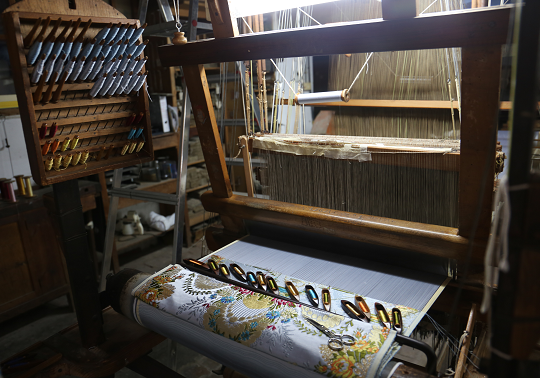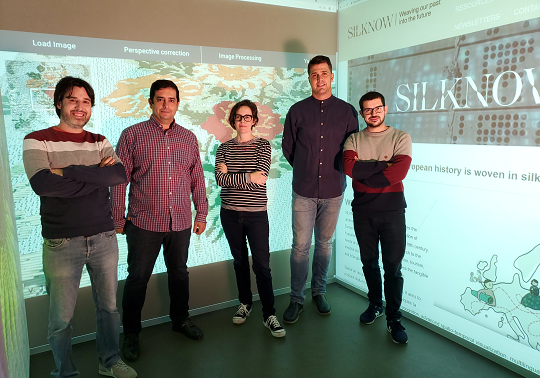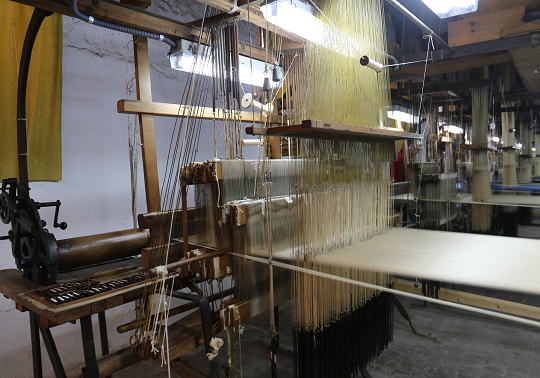
The University of Valencia's SILKNOW project, coordinated by the ARTEC group of the Institute on Robotics and Information and Communication Technologies (IRTIC) along with the Department of History of Art of the Faculty of Geography and History, has come to an end after more than three years of development. The initiative has been consolidated in a digital repository, ADASilk, with access to around 40,000 entries on objects, weaving techniques, including those that are no longer used; materials and decorative motifs linked to silk, spatio-temporal maps that place them in specific dates and places, as well as a virtual loom that reproduces the internal structure of the fabrics.
Developed within the framework of the European Union's Horizon 2020 programme through the Societal Challenge 6, "Europe in a changing world: inclusive, innovative and reflective societies", the aim of the action is to "rescue and highlight the importance of the silk heritage in Europe", says Cristina Portalés, who is responsible for the technical management of the project of the ARTEC group.
"The rescue of this heritage has an impact on a European level, as the 'silk route' on this scale is largely unknown," explains Portalés. "It is true that here we have the Fallas, thanks to which this cultural heritage continues to live on through handcrafted elements such as the fallera dresses," she adds; therefore, "it is especially relevant in Valencia that we can document the weaving techniques correctly".
The ARTEC group has collaborated in the development of the website, to which the databases of 20 museums have contributed and which incorporates an inventory of terms used to represent concepts, a multilingual thesaurus, of silk heritage. It has also concentrated much of its efforts on 3D visualisation by creating spatio-temporal maps which can be interacted with in real time and which indicate the characteristics of the fabrics being searched for, placing them in a specific place and at a specific time.
Likewise, the IRTIC team has designed a virtual loom. If silk is tangible heritage, this tool "makes it possible to rescue the intangible heritage, that is, the techniques with which this material was made", says Portalés. "These are manual processes," she points out, "which current looms do not carry out”.
The tool allows users to use different weaving techniques for a given image, to choose between different thread colours and to navigate through the virtual model, so that 3D printed models can be produced. This permits to discover and point out the value of the artistic and artisanal complexity of silk.
Together with the Universitat de València, the entities Centre National de la Recherche Scientifique - Lyon 2, Universita Degli Studi di Palermo, GARIN 1820 S.A., Institut Jozef Stefan, Gottfried Wilhelm Leibniz Universitaet Hannover, Monkeyfab, EURECOM, and the Instituto Cervantes have participated in SILKNOW.
In this way, the initiative includes activities related to education, creative and textile industries. Thus, it finalises a project launched in April 2018 and positively assessed by the European Commission in October 2021.
Also in:
Images:






















